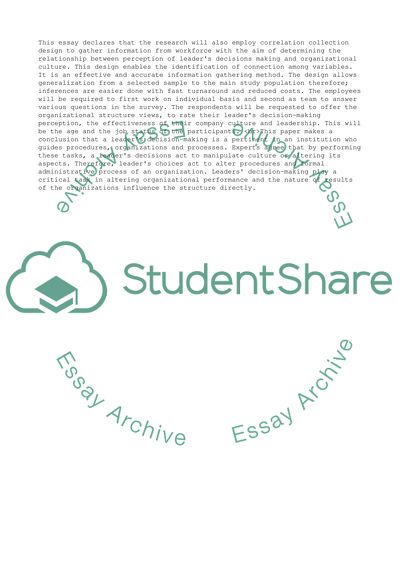Cite this document
(“Perception of Leaders' Decision Making Dissertation”, n.d.)
Retrieved from https://studentshare.org/management/1469840-perception-of-leaders-decision-making
Retrieved from https://studentshare.org/management/1469840-perception-of-leaders-decision-making
(Perception of Leaders' Decision Making Dissertation)
https://studentshare.org/management/1469840-perception-of-leaders-decision-making.
https://studentshare.org/management/1469840-perception-of-leaders-decision-making.
“Perception of Leaders' Decision Making Dissertation”, n.d. https://studentshare.org/management/1469840-perception-of-leaders-decision-making.


